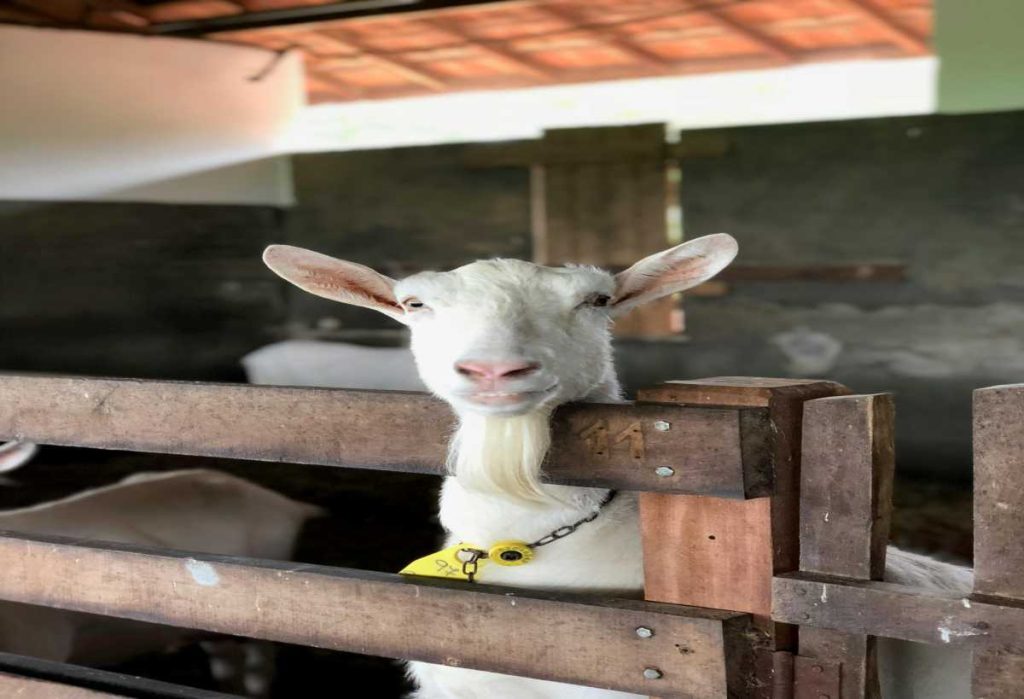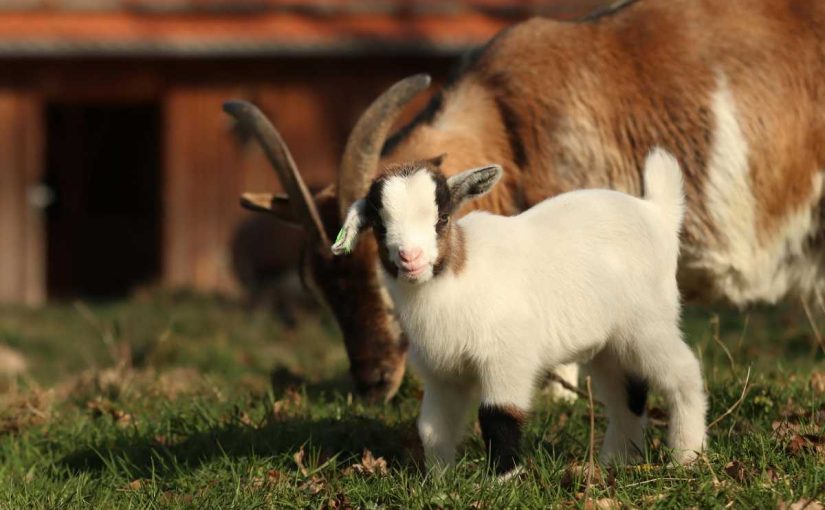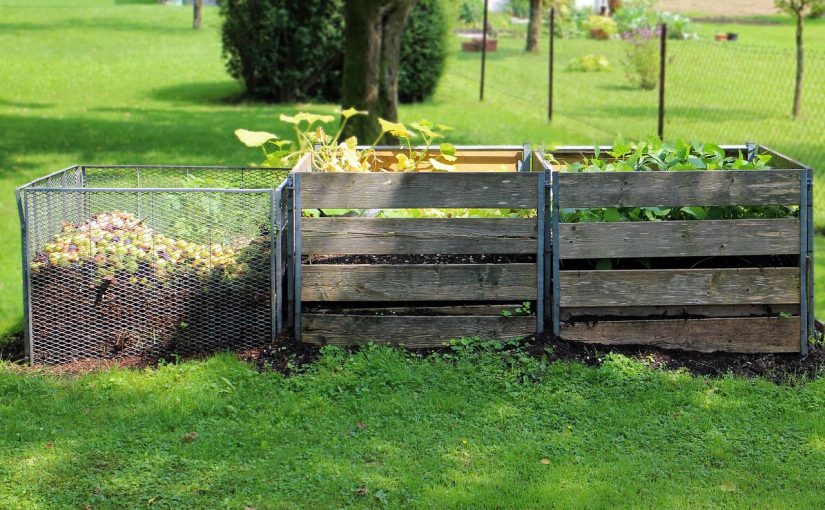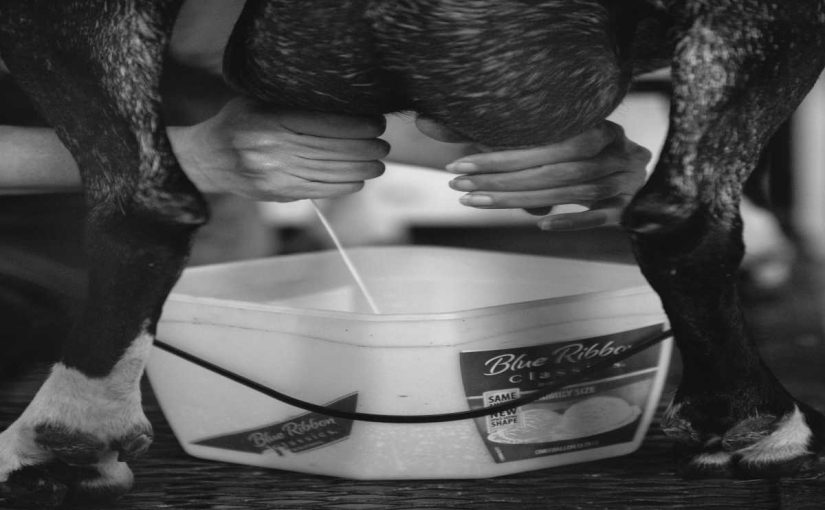Goats are known for their curious and sometimes mischievous nature, which makes securing them within a safe and reliable enclosure crucial for both their safety and the surrounding environment. Whether you are raising goats for dairy, meat, fiber, or as pets, proper fencing is essential to keep them contained and protect them from predators, while also ensuring they don’t wander off into neighboring properties. A well-designed fence can also prevent goats from causing damage to gardens, crops, or landscaping.
In this blog, we will cover everything you need to know about goat fencing—types of fences, materials, installation tips, and maintenance practices—to help you build a secure, functional, and cost-effective enclosure for your goats.
1. Understanding the Goat’s Nature and Fencing Needs
Goats are naturally curious and can be quite resourceful when it comes to escaping fences. They are also excellent climbers and jumpers, which means a fence that works well for other livestock may not be enough to contain them. Understanding their behaviors is key to designing a fence that will effectively keep them in and predators out.
Goat Behavior to Consider:
- Climbing and Jumping: Many goats are adept climbers and can scale low fences or jump over short ones. The height and strength of your fence should reflect this tendency.
- Chewing and Biting: Goats will chew on fences, posts, and even trees. Choose materials that can withstand this behavior.
- Escaping through Gaps: Goats are known to test weak points in fences and squeeze through small openings. A solid barrier with minimal gaps is essential.
With these behaviors in mind, it’s important to select the right materials, design, and height for your goat fence to ensure maximum containment.
2. Types of Fencing for Goats
There are several types of fencing options to choose from when building a goat enclosure. The best choice depends on factors such as the size of your herd, the landscape of your property, the budget, and whether you’re trying to contain your goats permanently or on a temporary basis.
Wire Fencing
Wire fencing is a popular choice for goat enclosures due to its flexibility, availability, and affordability. There are several different types of wire fencing that are well-suited for goats:
a. Woven Wire Fencing (No-Climb Fencing)
- Best for: Keeping goats contained securely.
- Features: This type of fencing consists of vertical and horizontal wires woven together to form a tight grid. The small gaps (typically 2×4 inches) are designed to prevent goats from getting their heads stuck or pushing through.
- Advantages: It is sturdy, reliable, and provides a secure barrier. It is also difficult for goats to chew on, unlike some other wire options.
- Installation Tip: Install woven wire at least 4 feet high to prevent goats from jumping or climbing over it.
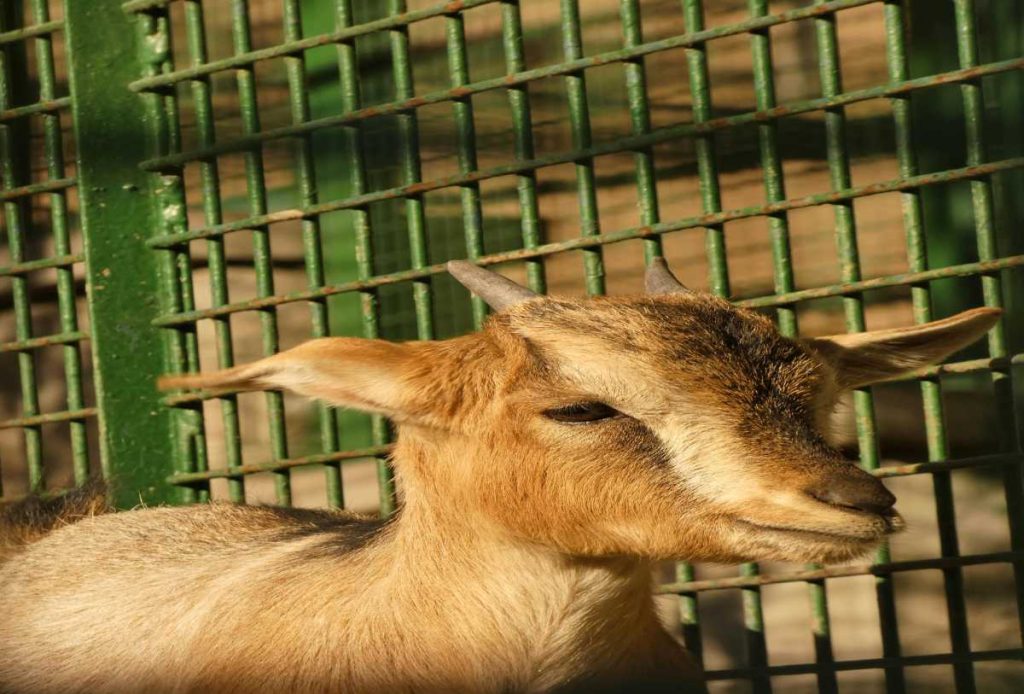
b. High-Tensile Wire Fencing
- Best for: Larger herds or long stretches of fencing.
- Features: High-tensile wire is strong, durable, and often used for more extensive, long-term fencing projects. It is tensioned tightly to form a strong barrier and can be electrified for added security.
- Advantages: It is very durable and can last for many years with minimal maintenance. It is also relatively affordable and can be used to cover large areas.
- Installation Tip: If using high-tensile wire for goats, consider electrifying it, as goats can sometimes test fences with their horns or by pushing against the wire.
c. Electric Fencing
- Best for: Temporary enclosures or as an additional barrier to a physical fence.
- Features: Electric fencing uses a series of energized wires that deliver a mild shock to animals that touch them.
- Advantages: It is easy to install and can be moved or adjusted as needed. It is highly effective for preventing goats from pushing against or climbing a fence.
- Installation Tip: To keep goats safe, install electric fencing with caution, ensuring the wires are at a height that will prevent them from climbing over and avoiding any risk of injury.
Wooden Fencing
Wooden fences, while more expensive, are highly durable and visually appealing. They can also be very effective at containing goats, particularly if you want a more traditional, aesthetic look.
a. Board Fencing
- Best for: Larger properties and aesthetic appeal.
- Features: Board fencing uses large wooden boards attached horizontally to posts. It provides a solid barrier that can keep goats from seeing or attempting to escape.
- Advantages: Very secure and durable. Offers good containment for goats that might try to push or jump over.
- Installation Tip: Ensure boards are securely fastened, and avoid wide gaps between boards to prevent goats from slipping through.
b. Post and Rail Fencing
- Best for: Smaller herds or decorative fencing.
- Features: Post and rail fencing uses horizontal wooden rails spaced between vertical posts. This style is less secure than other options, as goats can easily slip between the rails or push the rails apart.
- Advantages: It’s aesthetically pleasing and can be used for smaller goat herds or decorative purposes.
- Installation Tip: For added security, consider reinforcing post and rail fencing with wire or adding horizontal wires to prevent goats from slipping through.
3. Choosing the Right Height for Your Goat Fence
Goats are surprisingly agile, and they can easily jump over fences that are too short. Therefore, the height of your fence is an important consideration.
Recommended Fence Height:
- For most goats, a fence height of 4-5 feet is recommended. This prevents them from jumping over and offers enough space for them to move around without the risk of escape.
- For more adventurous goats, or if you’re dealing with more aggressive breeds, a height of 5-6 feet might be necessary.
- Adding an angled overhang or an additional strand of electric wire at the top of the fence can also help discourage climbing.
4. Proper Gate Design and Security
Gates are an essential part of any goat enclosure and should be strong, secure, and easy to operate. A weak or poorly designed gate can be an invitation for goats to escape.
Features of a Good Goat Gate:
- Strong Material: Use durable materials like wood, metal, or a combination of both. The gate should be strong enough to withstand the force of a goat pushing against it.
- Height: The gate should match the height of your fence, ideally 4-6 feet tall, to ensure goats cannot jump over it.
- Locking Mechanism: Use a secure locking mechanism that goats cannot easily open. A latch that requires a bit of effort to open (such as a bolt latch or spring latch) is usually a good choice.
- Self-Closing: Consider installing a self-closing mechanism to make sure the gate is always securely closed, even if you forget to lock it.
- Wide Opening: Ensure the gate is wide enough for vehicles and equipment to enter if needed, especially if you’re using large machinery for pasture maintenance.
5. Maintaining Your Goat Fence
Proper maintenance is key to ensuring your goat fence remains secure and functional. Here are some tips to keep your fence in top shape:
- Regular Inspections: Check your fence regularly for signs of wear and tear. Look for gaps, broken wires, loose posts, or areas where the fence may have been damaged by goats or external forces (e.g., storms or predators).
- Repair Damage Promptly: Goats are curious creatures, and even a small hole or damaged section of fence can lead to escape attempts. Repair any damage as soon as you notice it.
- Prevent Overgrazing Near the Fence: Keep the area around the fence free of overgrown plants and shrubs that might make it easier for goats to escape or hide damage. This will also reduce the risk of predators using the overgrowth as cover.
6. Predator-Proofing Your Goat Fence
In areas with predators like coyotes, wolves, or stray dogs, it’s important to take extra precautions to secure your goat enclosure.
Predator-Proofing Tips:
- Bury the Bottom of the Fence: To prevent predators from digging under the fence, bury the bottom of the fence 6-12 inches into the ground or add a bottom wire that extends along the ground.
- Electric Wire: Adding an electrified wire at the bottom or top of your fence can deter predators from attempting to climb or squeeze through.
- Nighttime Security: Consider bringing goats into a more secure shelter or barn at night when predators are most active.
Conclusion
Fencing is one of the most important investments when it comes to raising goats. It not only ensures their safety but also protects your property and maintains the integrity of your pasture. Whether you’re choosing wire, wooden, or electric fencing, the key is to consider the specific needs of your goats, the landscape of your property, and the types of predators in your area. By using the right materials, maintaining the fence properly, and making sure it’s tall and secure enough, you can create an effective and long-lasting fence that will keep your goats contained and safe for years to come.

